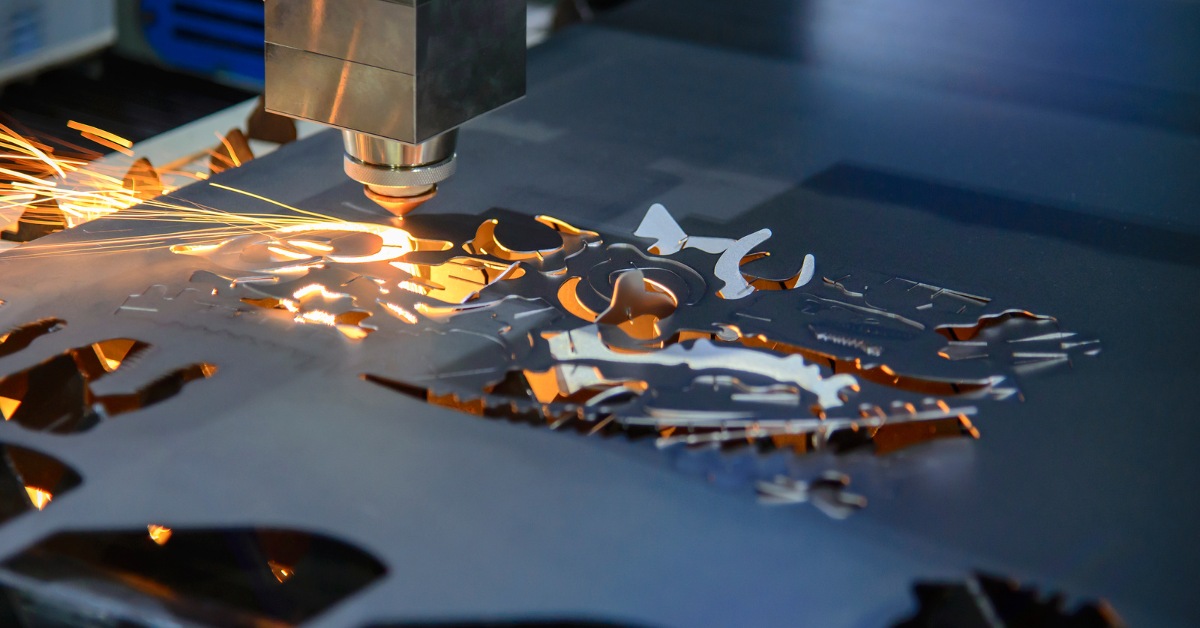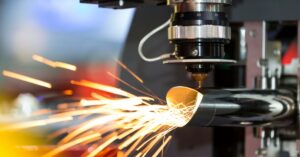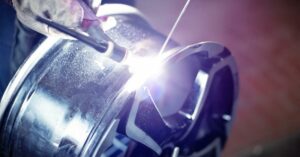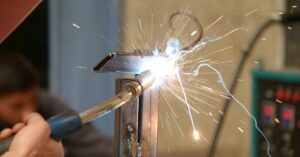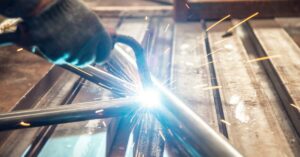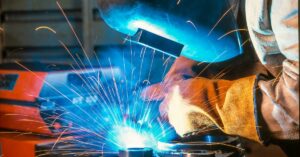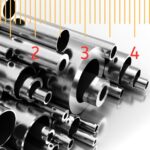Plastic laser welding is the process by which pieces of plastic are joined together by welding. This process is mainly used in lawn furniture, children’s toys, automobile parts, and other materials made from plastic, which are used commercially.
This welding process is used to fuse thermoplastics. Once they are heated under pressure, a filler material is used to join both pieces together. There are instances that do not require the use of a filler material.
Also Read
The lifespan of plastic is much shorter when compared to other products. Plastic is easily damaged by ultraviolet light, cold weather, or chemical contamination. Plastic will also be damaged if it receives blunt force trauma. In the case of a car bumper, replacing the part with a new one might be costly. A more inexpensive course of action to take is to have it repaired.
Plastic comes in many different forms, which is why you should be aware of the different types. This way, you can use the correct plastic laser welding process and material. You will need to know the differences between thermosets and thermoplastics. Thermosets are not weldable.
Based on the type of plastic that you are repairing you will need a special rod. If you do not use the correct rod you run the risk of preventing the materiel from bonding. Polyolefins carry low surface energy. This prevents them from being repaired with glues or other forms of adhesives; however, there are glues that are specially formulated for this type of material.
Plastic Laser Welding Specifics
Plastic laser welding requires that one part of the plastic be transmissive to the laser beam and the other part be absorptive. A coating can also be used to aid in the absorption of the beam. Pressure is applied to both parts, and the laser beam moves along the joining line. As the beam passes through the first part, it is absorbed by the second; heat is generated and softens the interface, and this creates a permanent weld.
In plastic welding, semiconductor diode lasers are the preferred welding tool. Wavelengths of 808nm up to 980nm are used when joining a combination of different plastics. Depending on the material, you may require a power level of 1 watts up to 100 Watts.
Here are some advantages of using a diode laser system:
- Provides a cleaner finish when compared to adhesive bonding
- No cloggy mess to clean from micro nozzles
- No fumes or liquids that will affect the surface finish
- No consumables
- Higher throughput
- Excellent for challenging geometry
- Better process control
Requirements to produce a strong joint:
- The laser needs to be transmitted through the upper layer adequately
- The laser needs to be absorbed by the lower layer
- Material compatibility – wetting
- Good joint design – clamping pressure, joint area
- Lower power density
Materials that can be joined include:
- Polypropylene
- Polycarbonate
- Acrylic
- Nylon
- ABS
Laser plastic welding is used for specific applications, including welding, sealing, and the joining of medical containers, catheter bags, automobile remote controls, syringe tamper-evident joints, heart pacemaker casings, housing headlights or in-light assemblies, and cellular phone parts.
Below are some additional methods that can utilize laser welders:
- Hot gas welding requires a welding gun, which has an element that is heated by electricity. This then produces a jet of hot gas.
- In hot plate welding, the plastic is placed on a hot plate and joined.
- Ultrasonic welding uses high-frequency sound waves to join both pieces of plastic together.
- Spin welding friction is used to join cylindrical parts together.
- Vibration welding plastic is exposed to a high frequency known as an amplitude. This generates friction that welds the plastic.
This article only scratches the surface of Plastic Laser Welding. I encourage you to do some more research to figure out if the this field is for you.

